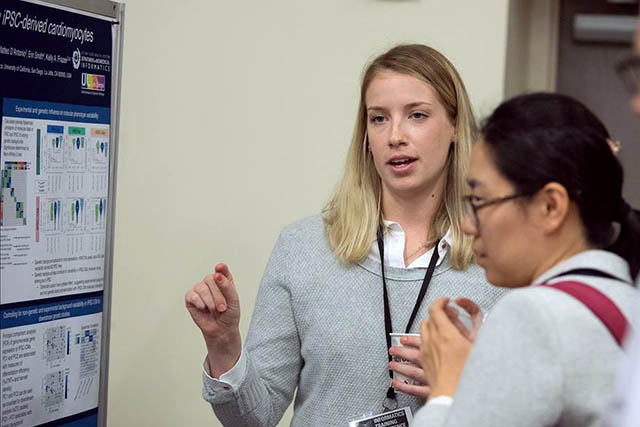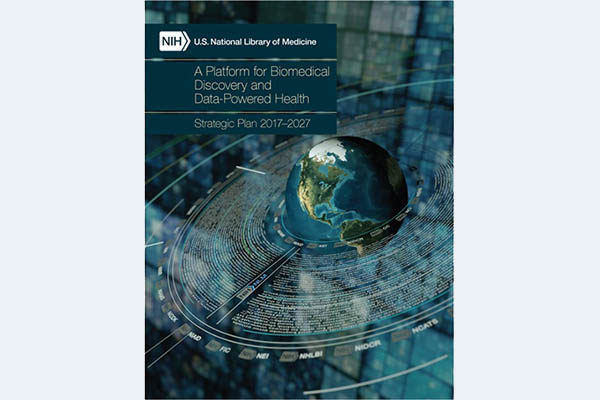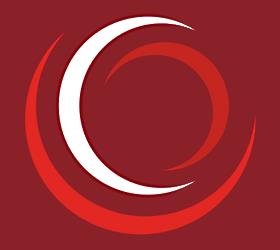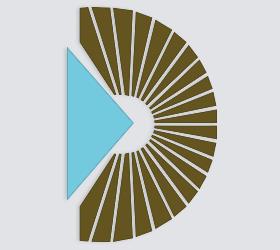Highlights
Of Interest
NIH-developed AI algorithm matches potential volunteers to clinical trials
Researchers from NLM and the National Cancer Institute have developed an artificial intelligence (AI) algorithm to help speed up the process of matching potential volunteers to relevant clinical research trials listed on ClinicalTrials.gov. A study published in Nature Communications found that the AI algorithm, called TrialGPT, could successfully identify relevant clinical trials for which a person is eligible and provide a summary that clearly explains how that person meets the criteria for study enrollment. The researchers concluded that this tool could help clinicians navigate the vast and ever-changing range of clinical trials available to their patients, which may lead to improved clinical trial enrollment and faster progress in medical research.
Research at NLM
NLM Division of Intramural Research
Intramural research at NLM consists of the development and application of computational approaches to a broad range of problems in biomedicine, molecular biology, and health.
READ RESEARCH HIGHLIGHTS | MEET OUR PRINCIPAL INVESTIGATORS | EXPLORE TRAINING OPPORTUNITIES

Historical Collections at NLM

Celebrating the Publication of Circulating Now, Full Circle
Announcing the publication of Circulating Now, Full Circle, an open access, peer-reviewed, edited collection of curated...
Biomedical and Clinical Informatics at NLM
-

Efficient health care information exchange in the US and worldwide is made possible by NLM’s work with IT Data Standards.
-

This set of tooling services brings together many health and biomedical vocabularies and standards to enable interoperability between computer systems.
-

This training program provides biomedical and clinical informatics training and research opportunities for individuals at various stages in their career.
About NLM
-

The Library started as a shelf of books in the Surgeon General’s office in 1836 but has grown to a collection of millions of print and electronic resources.
-

The diverse centers, divisions, advisory bodies and other organizational units that make up NLM contribute in myriad ways to the Library’s mission.
-

This ten year plan outlines NLM's role in a future where data and information transform and accelerate biomedical discovery and improve health and health care.









